Team
-
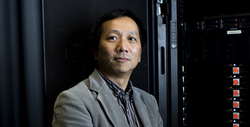 Tsute Chen -- My research focus in the past 15 years has been on the analysis of high-throughput bioinformatics big data for oral microorganisms, such as 16S rRNA amplicon next generation sequences (NGS), genomic, meta-genomic, transcriptomic and meta transcriptomic NGS data. I have developed many useful bioinformatics tools, pipelines, as well as project web sites and databases, which can be found online such as The Bioinformatics Resource for Oral Pathogens (BROP), the Human Oral Microbiome Database (HOMD), and most recently the Mouse Oral Mycobiome Database (MOMD). I am the director of the Forsyth Bioinformatics Core and have established computational resources for researchers both at the premises and in the cloud. I am also helping with the bioinformatics analysis for the Forsyth Oral Microbiome Core (FOMC). Currently I am interested in applying the artificial intelligence (AI) by using Machine-Learning algorithm to classify the oral microbiome profiles derived from the NGS technology.
Tsute Chen -- My research focus in the past 15 years has been on the analysis of high-throughput bioinformatics big data for oral microorganisms, such as 16S rRNA amplicon next generation sequences (NGS), genomic, meta-genomic, transcriptomic and meta transcriptomic NGS data. I have developed many useful bioinformatics tools, pipelines, as well as project web sites and databases, which can be found online such as The Bioinformatics Resource for Oral Pathogens (BROP), the Human Oral Microbiome Database (HOMD), and most recently the Mouse Oral Mycobiome Database (MOMD). I am the director of the Forsyth Bioinformatics Core and have established computational resources for researchers both at the premises and in the cloud. I am also helping with the bioinformatics analysis for the Forsyth Oral Microbiome Core (FOMC). Currently I am interested in applying the artificial intelligence (AI) by using Machine-Learning algorithm to classify the oral microbiome profiles derived from the NGS technology. -
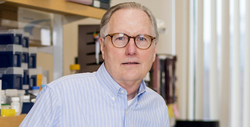 Floyd E. Dewhirst was deciphering the oral microbiome before the term microbiome was created. Dewhirst’s long-term research focus has been to define the diversity, genetic capability and pathogenic potential of organisms present in the human oral cavity.
Floyd E. Dewhirst was deciphering the oral microbiome before the term microbiome was created. Dewhirst’s long-term research focus has been to define the diversity, genetic capability and pathogenic potential of organisms present in the human oral cavity.
Dewhirst has used 16S rRNA gene sequence information for cultured and as-yet-uncultured oral microbes to identify oral bacteria and place them into an organized taxonomic framework. This effort has resulted in the identification of approximately 700 species or phylotypes of human oral bacteria that are described in the Human Oral Microbiome Database (HOMD – http://www.homd.org). This database contains important phylogenetic, genomic and bibliographic information for each species, as well as bioinformatics tools to examine their genomes. Many isolates for previously unnamed or uncultured bacteria have been identified and made available to the scientific community through deposit in national type culture collections. The availability of these strains and their genome information has facilitated scientists worldwide to study them.
"Prior to this work, there was no reliable way to identify the bacteria that could not be grown," said Dewhirst. “We now have molecular tools to easily identify currently uncultivated bacteria and investigators can now study their associations with health and disease.”
Dewhirst’s current research focus includes culturing the remaining 35% of oral bacteria that have resisted cultivation. His group has cultured strains representing more than 20 previously uncultured oral species in the past three years including more than 20 strains of bacteria representing four species of the Saccharibacteria (TM7) phylum. In collaboration with the Borisy group at Forsyth, he is seeking to expand genomic information for human oral bacterial species through analysis of metapangenomic sequence information. His ultimate goal is to have full pangenomic information for all species that comprise the oral microbiome. -
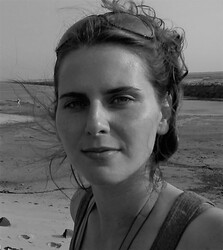 Kathryn Kauffman – I joined the Department of Oral Biology in the School of Dental Medicine at The University of Buffalo in March 2020, and am a member of the first faculty cohort of the SUNY PRODiG Program and a Chancellor’s Early Career Scholar in the SUNY Empire Innovation Program. I completed my PhD in Biological Oceanography through the MIT–WHOI Joint Program working in the group of Martin Polz, with whom I stayed on for my postdoctoral training. While at MIT I led the development of the Nahant Collection Time Series, working with many wonderful colleagues, including Libusha Kelly’s group at Einstein College of Medicine. Though most of my doctoral and postdoctoral work focused on virus(phage)-host(bacteria) interactions in marine microbial communities, through collaborations with members of Eric Alm’s group and the Underworlds Project, I also worked on understanding phages associated with the human microbiome in the contexts of sewage and the gut.
Kathryn Kauffman – I joined the Department of Oral Biology in the School of Dental Medicine at The University of Buffalo in March 2020, and am a member of the first faculty cohort of the SUNY PRODiG Program and a Chancellor’s Early Career Scholar in the SUNY Empire Innovation Program. I completed my PhD in Biological Oceanography through the MIT–WHOI Joint Program working in the group of Martin Polz, with whom I stayed on for my postdoctoral training. While at MIT I led the development of the Nahant Collection Time Series, working with many wonderful colleagues, including Libusha Kelly’s group at Einstein College of Medicine. Though most of my doctoral and postdoctoral work focused on virus(phage)-host(bacteria) interactions in marine microbial communities, through collaborations with members of Eric Alm’s group and the Underworlds Project, I also worked on understanding phages associated with the human microbiome in the contexts of sewage and the gut.
At The University of Buffalo – my vision is to bring together a group of people who share an interest in working to understand the roles that viruses (phages) play in shaping the ecology and evolution of microbial communities – and what that means for emergent community function across environments – from the ocean to the human microbiome. -
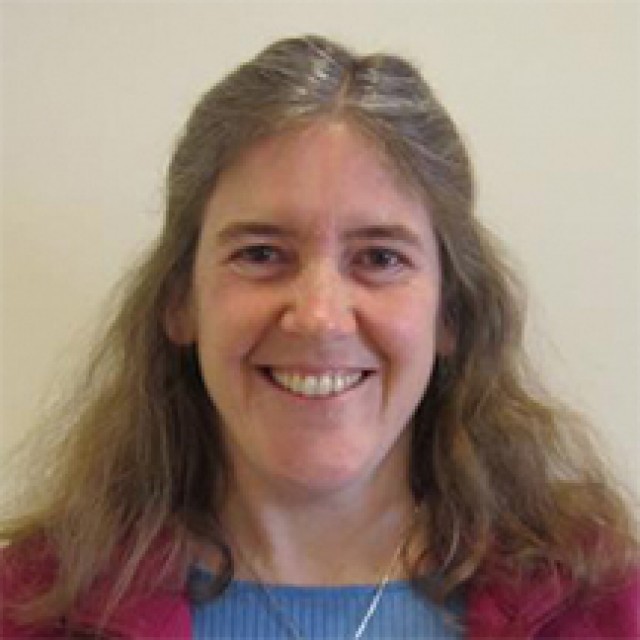 Jessica Mark Welch -- I use imaging and DNA sequencing to learn where bacteria live in the mouth, what they can do, and how they interact in the complex structures they build on your teeth and tongue. I write content for the eHOMD pages and will be assuming responsibility for managing the eHOMD team in spring 2022.
Jessica Mark Welch -- I use imaging and DNA sequencing to learn where bacteria live in the mouth, what they can do, and how they interact in the complex structures they build on your teeth and tongue. I write content for the eHOMD pages and will be assuming responsibility for managing the eHOMD team in spring 2022. -
 Fabiola Miranda-Sanchez -- I love bacterial communities and have studied them in a wide range of environments. I am currently exploring new ways to study their assembly and development in the oral cavity. My work for HOMD is related to the isolation of previously uncultured taxa and the cultivation of difficult bacteria using co-culture methods.
Fabiola Miranda-Sanchez -- I love bacterial communities and have studied them in a wide range of environments. I am currently exploring new ways to study their assembly and development in the oral cavity. My work for HOMD is related to the isolation of previously uncultured taxa and the cultivation of difficult bacteria using co-culture methods. -
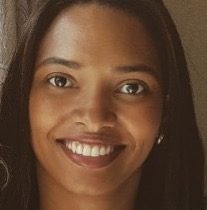 Stéphane Viala -- My background in molecular genetics and curiosity of the oral microbiome’s effect on overall health has led me to my current position in the Dewhirst lab. I cultivate and isolate bacteria to contribute to their characterization for the enrichment of HOMD.
Stéphane Viala -- My background in molecular genetics and curiosity of the oral microbiome’s effect on overall health has led me to my current position in the Dewhirst lab. I cultivate and isolate bacteria to contribute to their characterization for the enrichment of HOMD. -
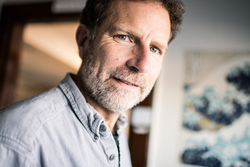 Andrew Voorhis - I'm a (self taught) computer programmer and bio-informaticist. I'm responsible for re-writing the code for the new eHOMD website and normalizing the underlying database.
Andrew Voorhis - I'm a (self taught) computer programmer and bio-informaticist. I'm responsible for re-writing the code for the new eHOMD website and normalizing the underlying database. -
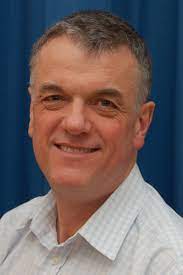 William G. Wade -- is Professor of Oral Microbiology within the Centre for Host-Microbiome Interactions. He has played a major role in the determination of the oral microbiome in health and disease, the cultivation of previously uncultivated bacteria and the development and evaluation of antimicrobials and pre- and probiotics for the prevention and treatment of oral diseases.
William G. Wade -- is Professor of Oral Microbiology within the Centre for Host-Microbiome Interactions. He has played a major role in the determination of the oral microbiome in health and disease, the cultivation of previously uncultivated bacteria and the development and evaluation of antimicrobials and pre- and probiotics for the prevention and treatment of oral diseases. -
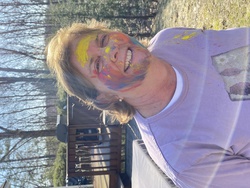 susan connolly yost -- I joined Forsyth 10 years ago, coming back to bench science and my earlier roots in microbial genetics after raising 2 sons, teaching chemistry and music. As a member of the Dewhirst lab, I isolate and grow a multitude of bacteria which make up the fascinating and complex world of the oral microbiome.
susan connolly yost -- I joined Forsyth 10 years ago, coming back to bench science and my earlier roots in microbial genetics after raising 2 sons, teaching chemistry and music. As a member of the Dewhirst lab, I isolate and grow a multitude of bacteria which make up the fascinating and complex world of the oral microbiome.
Past Contributors:
Abby Lakshmanan, Akila Ganesan, Alexandra Rybalka, Alice Kirega, Anne Tanner, Anuj Camanocha, Bruce J. Paster, Cori Leonetti, Derek Spencer, Derrick Fouts, Emmanuel Mongodin, Erica Prosdocimi, Erin Klein, Griffin Weigle, Hayley Thompson, Isabel Fernandez Escapa, Jacques Izard, Jessica Blanton, Katherin P. Lemon, Larry Yang, Maoxuan Lin, Mollie Murname, Nezar Al-hebshi, Oxana Baranova, Prasad Gajare, Sonia Vartoukian, Taylor Joyce, Wen-Han Yu, Yanmei Huang.

